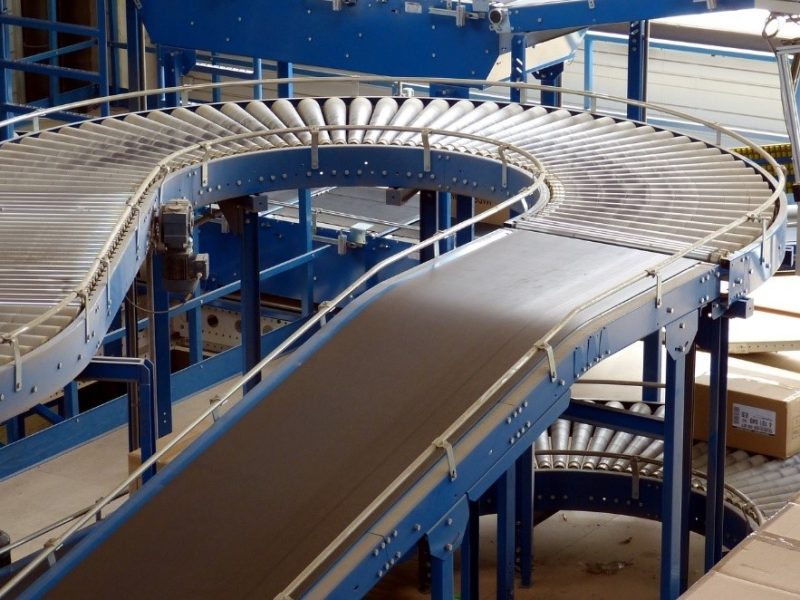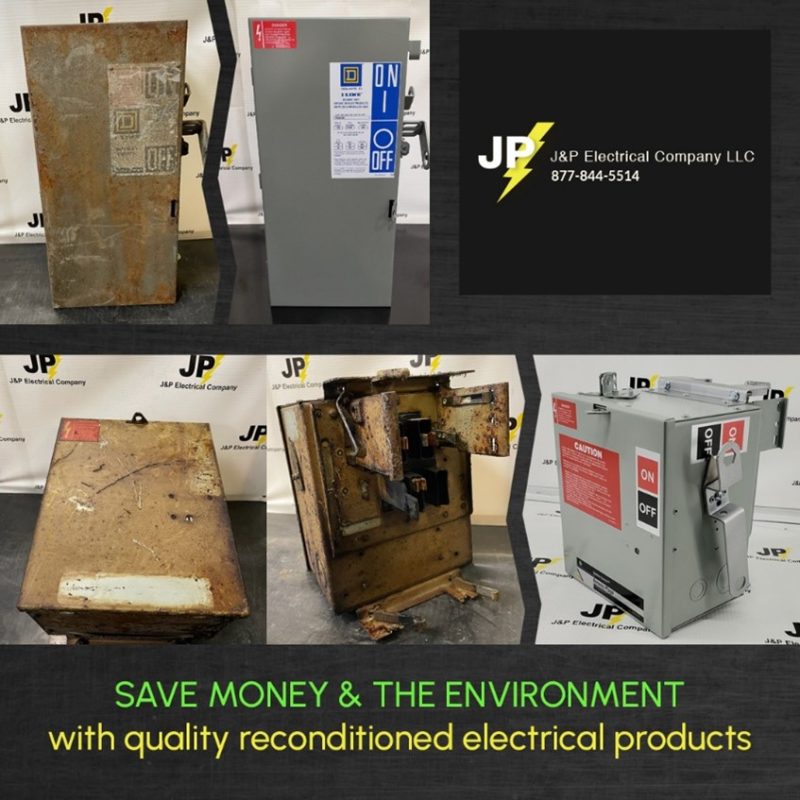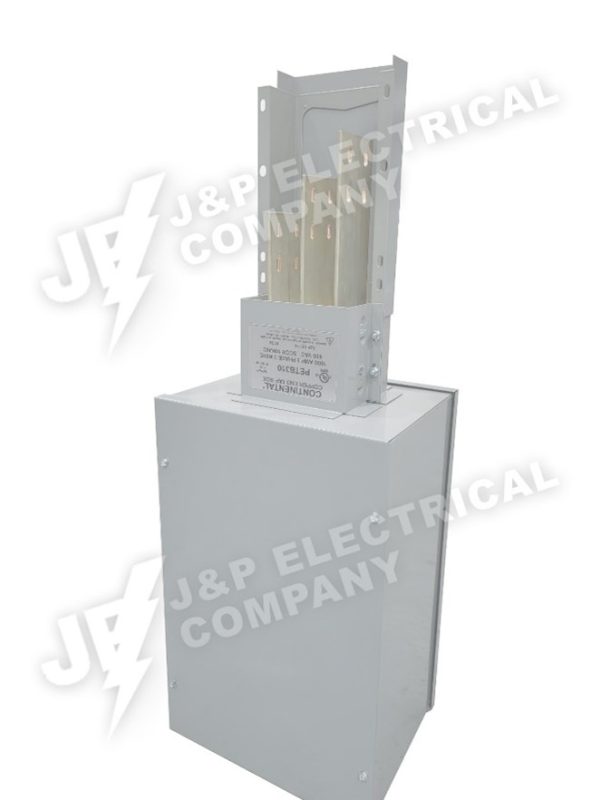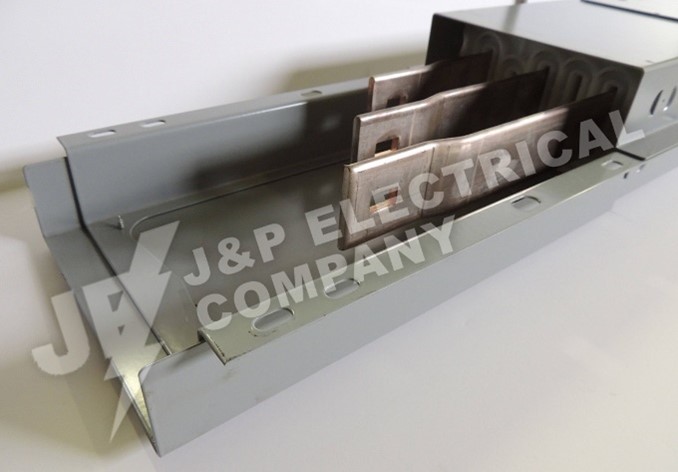
Fire alarms are vital for any business, serving not just as a compliance requirement but as a critical safety mechanism to protect property, employees, and customers. Businesses are legally mandated to install and maintain fire alarm systems in accordance with specific standards and regulations, including regular testing and adherence to local fire safety codes. Key…
Read more
In the bustling environment of warehouses, where a variety of electrical systems and equipment are in operation, maintaining safety standards is crucial. Employers are tasked with the responsibility of ensuring a hazard-free workplace in compliance with OSHA’s general industry standards. These regulations, detailed in sections 29 CFR 1910.302 through 1910.308 and 1910.331 through 1910.335, outline…
Read more
Predictive maintenance stands as a forward-thinking strategy that leverages data analysis to predict potential equipment failures. This method contrasts sharply with reactive maintenance, which deals with issues after they occur, and preventive maintenance, which follows a regular schedule regardless of need. By implementing predictive maintenance, issues can be addressed before they escalate, ensuring smoother operations,…
Read more
In today’s environmentally conscious world, industries are continuously seeking strategies to reduce their ecological footprint while maintaining efficiency and cutting costs. One effective strategy that is gaining traction is the use of refurbished industrial electrical equipment. This approach not only offers a cost-effective alternative to purchasing new equipment but also plays a significant role in…
Read more
An electrical tap box is a crucial device used in both portable and permanent power distribution setups. Often referred to as splitter boxes or pull boxes, these units are specialized junction boxes that feature a backplate equipped with copper busbars for each electrical phase and mechanical lugs. These lugs are designed to connect with large…
Read more
Busbars refer to metallic bars or strips which carry electrical current within electrical switchgear. These busbars are incorporated into bus ducts, a type of sheet metal duct that houses a sequence of busbars. Bus ducts offer an efficient and adaptable alternative to conventional conduits for electrical installations, simplifying the process of installation and modification. Bus…
Read more
A safety switch (or disconnect) monitors the electric current in various applications. They are used with major industrial machines such as conveyor belts, line equipment, heavy appliances, and whole-system electrical protection. You may need to disconnect your equipment from the electrical supply for repairs, maintenance, or emergencies. Safety switches monitor the current and detect faults…
Read more
For many people, technology is the center of their attention span. Between televisions, computers, smartphones, ovens, dryers, tablets, security systems, dishwashers, etc., many aspects of our lives are assisted by an electronic device. As people expand the number of devices they own, power protection should increase as well. When they suddenly stop working, it can…
Read more
April showers lead to May…electrical equipment damage? Springtime can bring damaging thunderstorms and flooding. In the typical rainy season throughout the United States, flooding is a byproduct. Determined by the Federal Emergency Management Agency, flood zones are mapped out based on drainage characteristics, grading, and buildings in the area. Flood exposure depends on whether the…
Read more